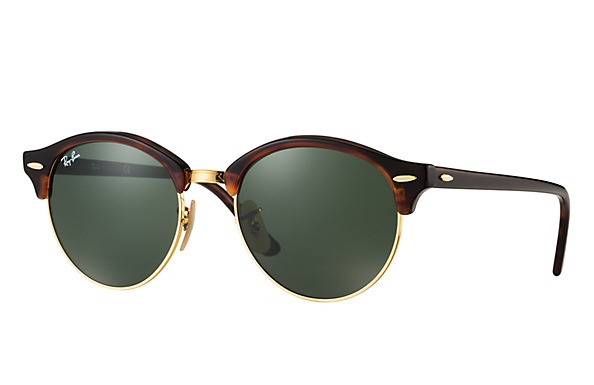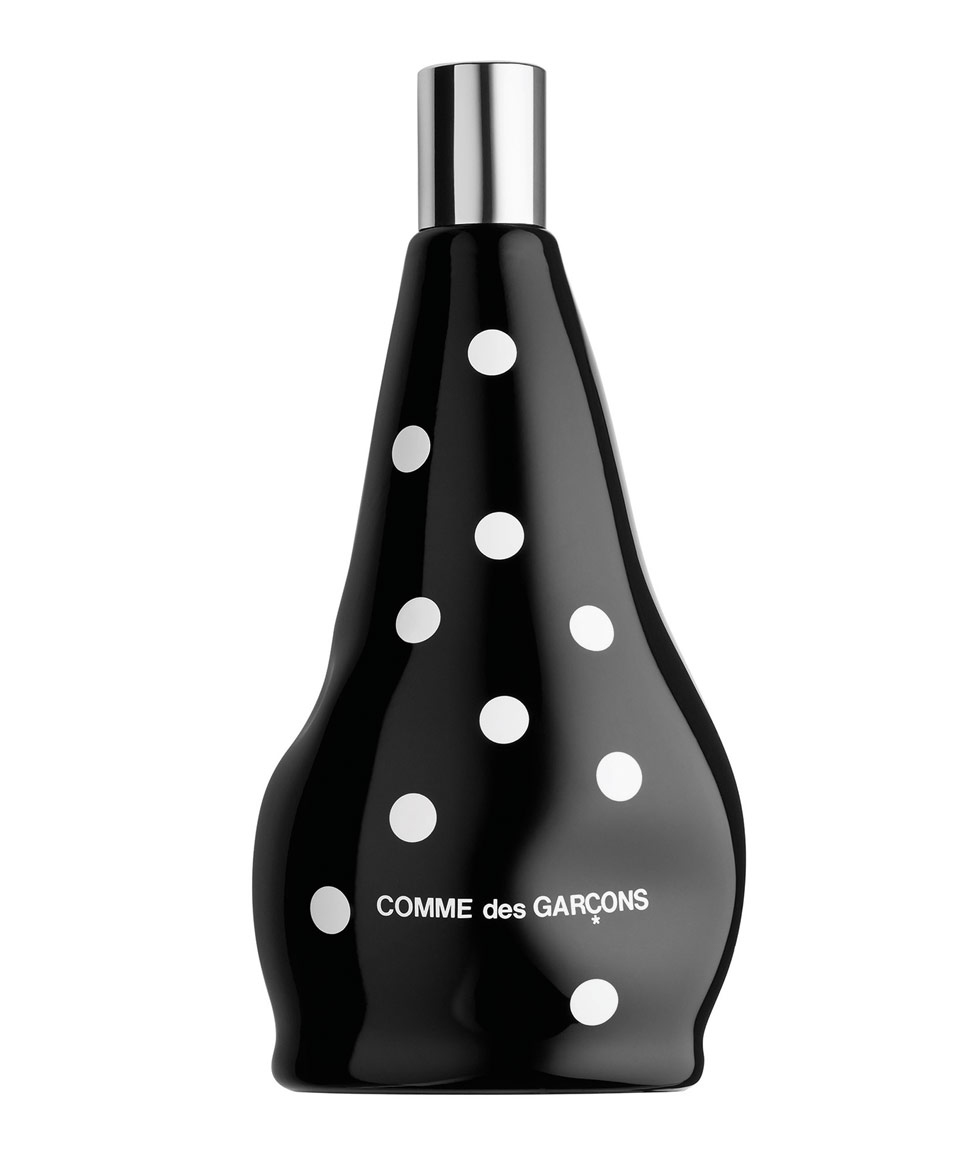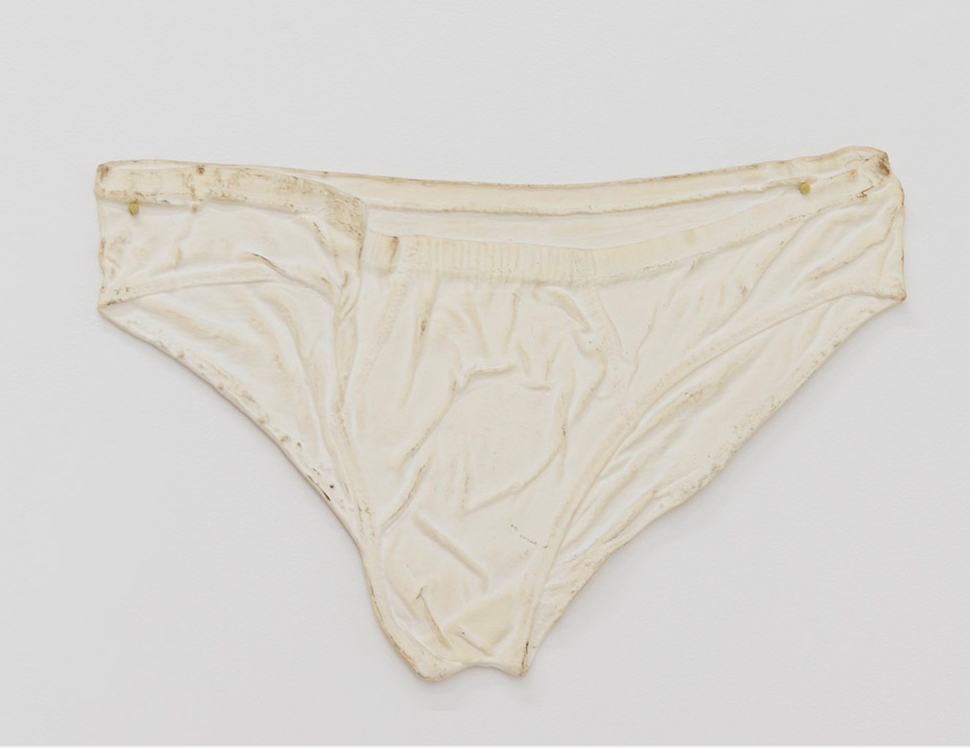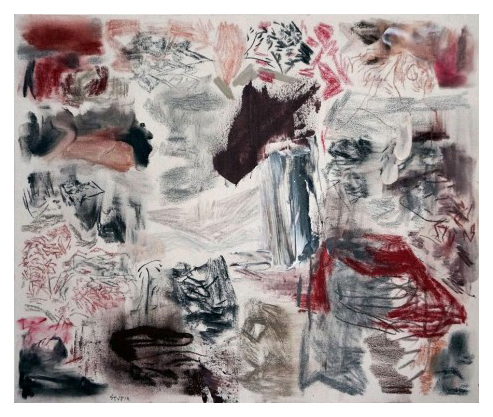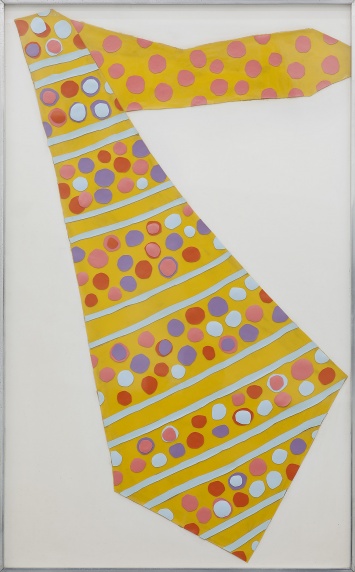Posted on
2015-12-28
In the jargon of São Paulo’s homosexual subculture, Fazer Tricô is a long conversation amongst homosexuals, mostly gossip on activities within their own minority culture. It literally means ‘to knit’. In the context of Hudinilson Jr.’s exhibition, it refers to the possibility of adopting a stance through writing that allows for the unravelling of a specific language’s inflections, corresponding with the framework of a marginal social field such as that of homosexuals in 1980s Brazil, yet aimed at a broader audience.
Hudinilson Urbano Junior (São Paulo, 1957- São Paulo, 28th of August of 2013) studied Fine Art at the Armando Álvares Penteado Foundation in the mid 70s, and began to experiment with drawing, painting, graffiti, mail art, performance, and urban intervention. His first big moment of public visibility came up in 1979 when he founded the collective 3 Nós 3, together with artists Màrio Ramiro (1957) and Rafael França (1957-1991). From its foundation and up until its dissolution in 1982, the group carried out public actions that saw the city as a page on which to compose graphic design, thus inserting monumental gestures in the city of São Paulo during the military dictatorship. From then on, Hudinilson Jr. began his most mature individual work in an unusual context: after decades of a repressive regime in Brazil, a political relaxation began to emerge, announcing the arrival of democracy. While the actions of 3 Nós 3, including the photo novel CASOS – produced in 1978 and reprinted in 2014 on occasion of the tribute exhibition to Rafael França at the Jacqueline Martins Gallery in São Paulo-, were defying the established social and urban order, Hudinilson Jr. was questioning the dictatorship’s scopic regimes through his first Xerox works. The precise and categorical control of citizens’ bodies in a military regime was substituted in his oeuvre by the opacity of his own flesh, by the metonymical promiscuity of the relations between the different parts of a social self-portrait.
Opposite – Untitled, 1980’s
Exhibition runs through to January 23rd, 2016
Galerie Sultana
12 rue ramponeau
75020 Paris
France
www.galeriesultana.com
